|
|
Chronology of the Ford
Taunus in the World
|
Ford
Taunus history, their origins...
For many years in
Germany in the early 20th century, Ford Motor Co. was established to
manufacture several models, such as the Eiffel, Ford V8 and Ford A
among others.
However, it was brewing the birth of a car that eventually became
the longest saga of Ford. His life extended from 1939 to 1994, 55
years of success for a single model. A record still unsurpassed in
the history of Ford in the world.
The origin of the name "Taunus", is due to a German region with
small villages clinging to wooded hills, called "Taunus hills, near
the city of Frankfurt.
From the Alps to the south to the North Sea Germany landscapes are
extremely varied and seductive. High-altitude mountain ranges and
plateaus alternate with soft balconies, terraced fields, hilly
landscapes, mountains and lakes and vast plains.
From north to south Germany is divided into five natural regions:
the northern plains in abundance of lake scenery of rolling hills,
interspersed with heathland and wetlands, and near the average
elevation of mountains stretching fertile land. Plains are
characteristic of the Lower Rhine, Westphalia and Saxony-Thuringia.
The North Sea coasts are surrounded by numerous islands, including
Borkum, Norderney, Sylt and Helgoland. In the Baltic are the islands
of Rügen, Hiddensee and Fehmarn. The Baltic coast have flat, sandy
shores, others steep cliffs. Between the North Sea and Baltic
extends the "Holstein Switzerland", a landscape of gentle hills.
|
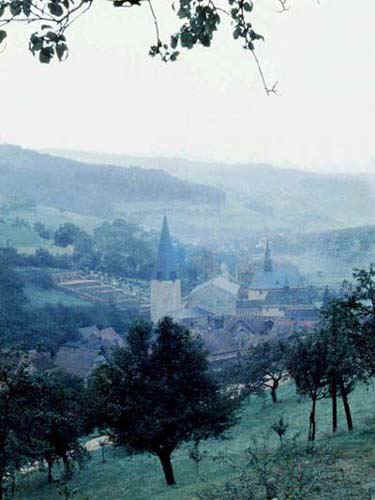 |
|
Taunus
Hills |
|
The average elevation of
the mountains draws the line between North and South Germany, the
Middle Rhine valley and the Hessian depressions serve as natural for
the north-south traffic. A middle mountains belong, among others, the
Hunsrück, the Eifel, Taunus and the Westerwald. At the heart of
Germany is the Harz Mountains. To the east are the Bayerischer Wald (Bavarian
Forest), the Fichtelgebirge and Erzgebirge (Ore Mountains). |
GERMAN GEOGRAPHY
|
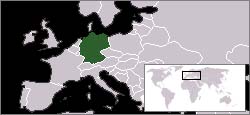 |
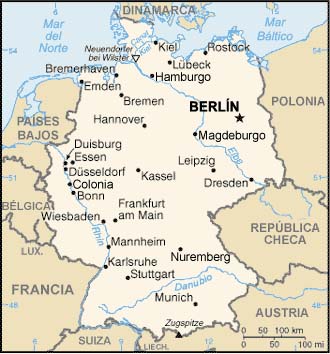 |
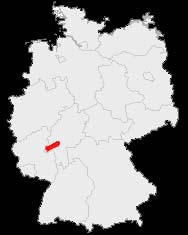 |
|
Location of Germany in the Planisphere. |
German Towns |
Location
of the Taunus Hills |
|
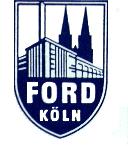 |
The Taunus born in a
difficult time for the world...
At this time ran the
second world war, but this was not an obstacle for new Ford launched its
European success called Ford Taunus.
Its first version missed
abundant forms of American brothers, but European realities were quite
different... |
|
Ford
Taunus 1939 - 1949 |

|
BUCKELTAUNUS
(hunchback
Taunus)
Taunus These were called "Taunus
Spezial".
The first big change came in 1952
when the Taunus acquired a truly European compact design and practical style .
Taunus G13 was named. This model begins called Taunus M (M = Masterpieces =
masterpiece). Its design was a pioneer for design standards, and was emerging as
the quintessential family car.
This model is divided into two
stages. The first from 1939 to 1948, where the only model is called Taunus
Standard.
In 1948, conferred upon aesthetic
and instrumentation changes and becomes Spezial and Taunus Taunus DeLuxe until
early 1952.
|
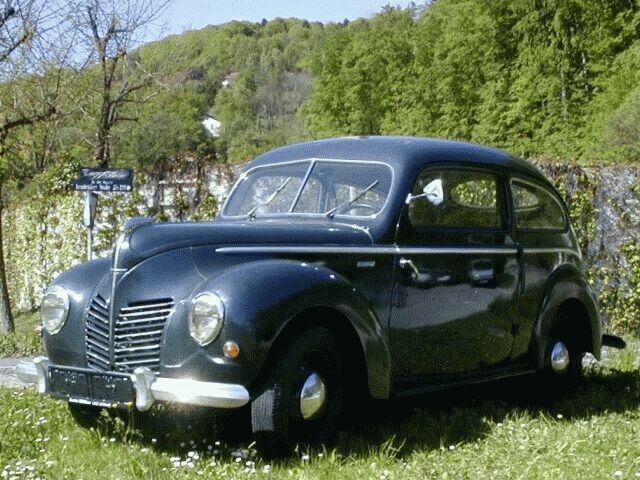

|
|
Ford
Taunus 1949 - 1952 |
 |
BukelTaunus... post war.
By 1949, it had a small
change, the windshield is no longer in two parts for one piece.
It is sometimes called
as Taunus 10M, for its capacity of 1100cm3, although its official name
was never this.
This Taunus there were a
total 62,828 units.
|
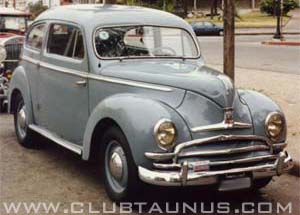
|
|
Ford
Taunus 1955 - 1958 |
 |
Taunus WELTKUGELTAUNUS or
Worldmap.
The G13 with its 1.2 liter
engine was called 12M. It took then a more luxurious and powerful 1.5-liter.
So appeared the G4 Taunus 15M.
From G13 They produced 127,942
units and are equipped with an engine of 1498 cm3.
It consists of two successive
models and is gradually replaced...
The first Taunus
12M G13 (1952-1955).
Then Taunus 15M
G4B (1955-1959).
Both had the
hood emblem on the world map.
The photos
belong to the Taunus 12M G13.
|
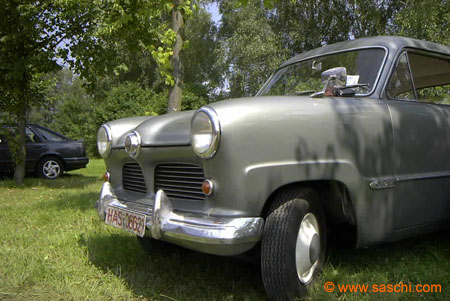

|
|
Ford
Taunus 1955 - 1958 |
 |
|
As shown in the photo, the
G4 had the same body that G13, but with more ornamentation and refinement. In
the late 50s, the countries the had experienced war, recovering slowly blooming
times of hope to a fragile economy.
The expansion and new air is
breathed in old Europe influenced the design of the Taunus.
By 1957, the Taunus P2 (P=Project)
or BarockTaunus peeked into the world, larger and longer than the above, while
its design is much more elaborate and sumptuous resembling U.S. models.
|
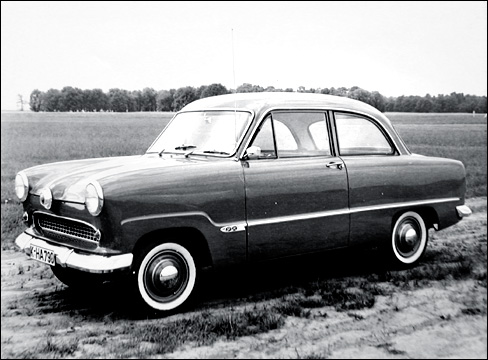
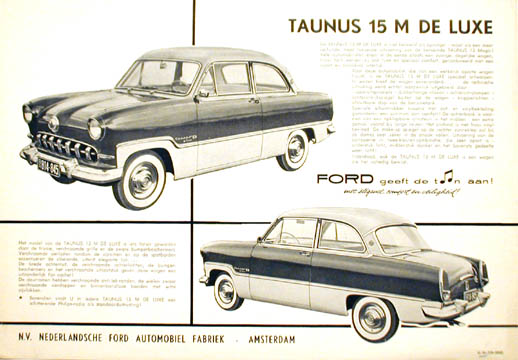
|
|
Ford
Taunus 1958 - 1962 |
 |
Taunus MITTELSTREIFENTAUNUS
or the strip of the middle. Officialy known as G13AL Taunus 12M.
Named after the styled painting
cut your line. 12M disappears with this new logo of the world map.
|
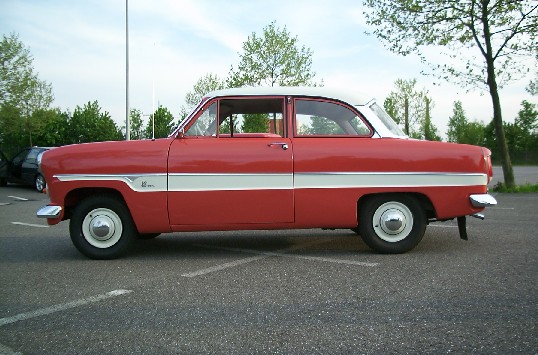
|
|
Ford
Taunus 1957 - 1960 |

|
The second family Taunus, in
reality the third, was known as Project 2 of the Taunus, its official name is
Taunus 17M P2.
In this Taunus and BAROCKTAUNUS
known as baroque or Taunus, so plenty of decorative elements of the car.
Taunus is the most American of
all...
|

|
|
Ford
Taunus 1960 - 1964 |

|
Taunus 17M P3, or Badewanne (bathtub)
by their forms that they remember. Known as the "Revolution of Cologne" or "rational
line" was really an evolution that placed the Taunus. Definitely a very modern
car.
You can see a resemblance to the
'60 Falcon ... Are they similar chance? The cause? Adria/200 Project in Germany
and USA respectively.
A clear comparison is that
Thunderbird, looking at the tubes of both ... "Who copied whom? Thunderbird is
the '61 model... Badewanne officially on sale in August '60! The Taunus is the
father of many, many, many cars...
Moreover, their curved bumpers have a particular resemblance to the '64 Mustang
... Coincidence?
Another detail, the veins of the
guards, were retained almost identical in the P5, P7a, P7b and then the TC1.
Obviously the new model brought
new equipment and comfort, plus a new engine of 1.7 liters (17M).
This model was advanced
aerodynamically speaking. He had a coefficient of only 0.389, think that a Ford
Mondeo has a Cx of 0.33. Its smooth lines and certain design features were
called "Tudor", as Ford is now the new lines "New Edge" or "New Edge" for the
edges in their designs.
|

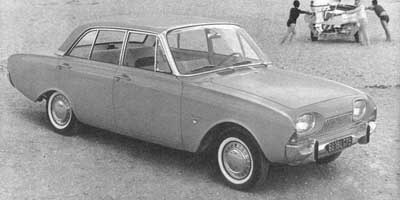
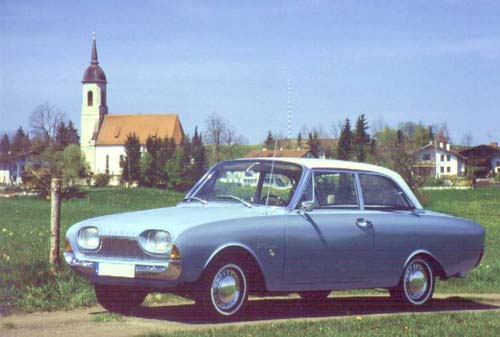
|
|
Ford
Taunus 1962 - 1966 |

|
|
When all seemed very easy for the
Taunus, comes the decision to the U.S. to standardize European models. But the
old rivalry between Germany and England (each produced their own designs),
remained in force and each subsidiary wanted to impose their designs across
Europe and worldwide, except North America.
Ford was then in Europe, Ford and
Ford German English, United States claimed a Ford of Europe, and this involved
the abolition of regional models.
The Taunus was purely German. For
its part, England possessed medium models such as the Consul, Zodiac and Zephyr.
From USA proposed a new "European" would be designed in Germany with British
collaboration. Ford USA called this as Cardinal.
Finally,
England refused to Cardinal, and the project led to the P4 German Taunus 12M P4.
|
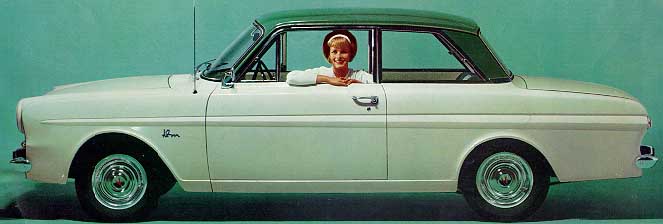
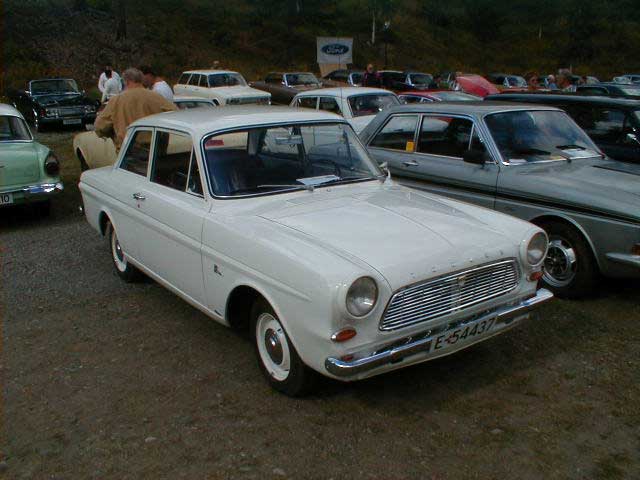
|
|
Ford
Taunus 1964 - 1967 |

|
|
Super Badewanne.
P5
with ranges of 17M and the new V6 2 liters, 20M were covered, but the 12M and
15M, needed replacements. Then in 1966 he launched the P6 covering that niche.
Its design was related to North American Falcon '64.
This Taunus was
the first to use the full range V-engines, versions 4 and 6 cylinders.
|


|
|
Ford
Taunus 1967 - 1968 |
 |
|
While the Taunus sold well, one of
the secrets of his success was in constant evolution and this is how the P7A
breaks.
This model is longer and straight lines produced less than a year because it was
not accepted by the public, for being too square and resembled American cars.
Ford, timely hits and a change of course immediately sustiye it in 1968, was
replaced by P7b or P8.
The P7A inaugurates a new 2.3-liter
V6 engine, called 20M "RS".
"Kummerfalte" means the act a
person does with his eyebrows when he disapproves of something. That was the
Taunus challenged or disproved.
The P7b or P8 was the last of the
series M and had no substantial differences in the P7A.
|
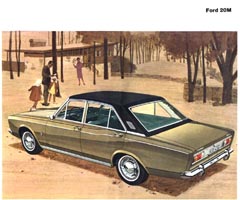

|
|
Ford
Taunus 1968 - 1972 |
 |
He was known as the "second
round" or "Relaunching Taunus P7. Basically it was a P7A, but with significant
aesthetic changes that resemble the old P5, because the market demanded it and
identified the Taunus.
His most powerful and luxurious
version was 26M, V6, 125 bhp.
He lived two years with the
first Taunus TC1.
|
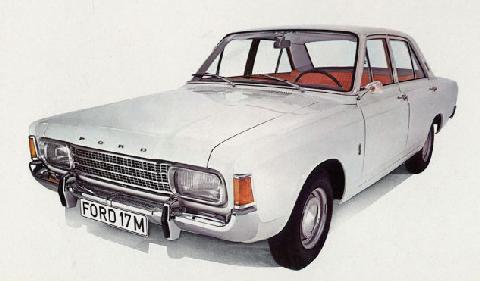
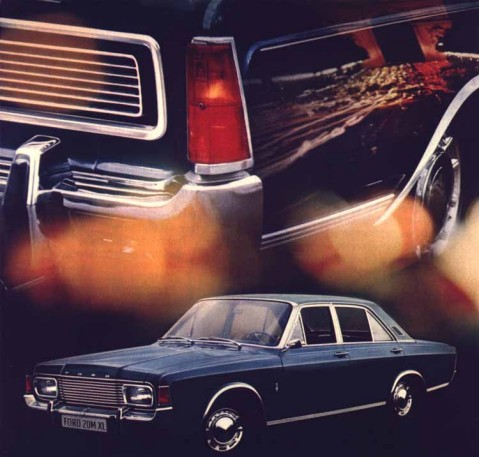
|
|
Ford
Taunus 1968 - 1970 |

|
Keilform.
The Taunus "cuneiform" (wedge)
was the most aerodynamic of all. Only a CX of 0.36! 560dm3 and a trunk.
Many now promote 400dm3 trunks.
Cars were before!.
1200cm3 to 1700cm3 engine single
V4 format. Taunus equipped for that.
There was a version as optional
RS 15M whose performance was very good, the first serial RS Ford.
|
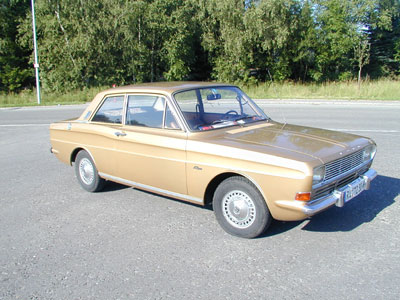
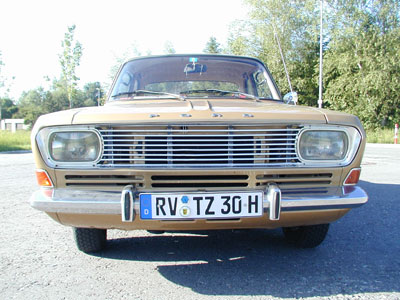
|
|
Ford
Taunus 1970 - 1976 |

|
|
Knudsen Taunus
The
turn of the decade, brought about the rationalization and a new series called
Taunus TC. The name comes from the conjunction Taunus / Cortina, since they were
twins models, except for the engines.
The approach to the new model was
to be presented as a medium family car, but with sports and aggressive lines.
The car was low, broad and shorter than its predecessor. These qualities gave
aerodynamic and aesthetic benefits.
The Taunus TC, covered the market
of 12M, 15M and 17M, the 20M and 26M models would be covered by a new European
model ... Ford Granada.
|
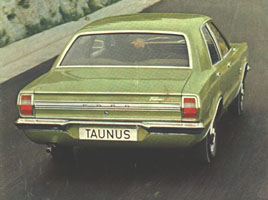
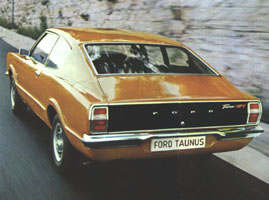
|
|
Ford
Taunus 1976 - 1979 |
 |
|
When
about 1976 was tabled in Germany Taunus TC II, emerged as a more sharp and
modern, with a significant increase in the glass surface and was first brought
Taunus Ford logo on the front, as would all the world Ford in the future.
Likewise, more luxurious version
adopted on behalf Ghia, who was a coach builder who helped design "art" of many
Ford models.
With the TC II in Europe the coupe
disappear because this area was covered by the Ford Capri.
|

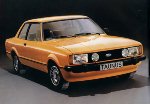
|
|
Ford
Taunus 1979 - 1983 |

|
|
Teresa Project.
The last European restyling was
about to happen. In 1979 on the basis of the TC II develops the Taunus Savoy or
TC III, the last European model.
Increases the glass surface again,
this time dramatically. It flattened the roof and change the bumpers and lights.
And the Taunus excels in design, but the worst happens. Since the parent company
of USA, is spoken again and this time finally unify the most coveted segment,
the middle segment. It was announced in 1983 the baton Taunus / Cortina by the
Ford Sierra.
As expected, the conservative
England refuses and offers to call the Sierra as "New Cortina" or "Sierra
Cortina" but the proposal fails and gives the English subsidiary.
The Sierra, though an excellent
and beautiful car, is not fully accepted by the public, for its unconventional
lines for the time. It was called "jelly mold" for its gentle ways.
It was clear that Ford had made a
serious mistake, which even today it is already paying more than ever was the
segment leader in median family.
They wanted to correct the mistake
with a trunk version of the Escort, called Orion that had obvious similarities
to the Taunus TC3/Cortina MK5.
|

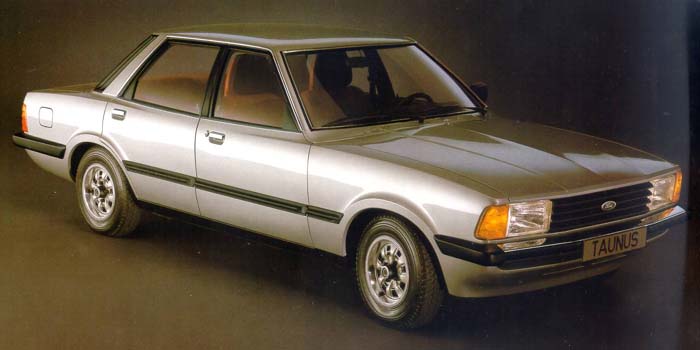

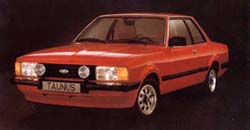
|
|
Ford
Taunus 1985 - 1994 |

|
|
But
the story does not end there ... in Turkey in 1985, was born the Taunus and are
the major changes occur, resembling the Sierra and the Orion. It was produced
until 1994.
In the latest version of the
Taunus Turkish (photos) seemed to surround the plastic bumpers, body color,
would be the first and last time a bumper Taunus had this type, as first his
trunk bent forward by adopting a style "Sierra" in its design.
The first version of 1985 on the
front had two rectangular headlights instead of one large rectangular, such as
that produced in our country.
|
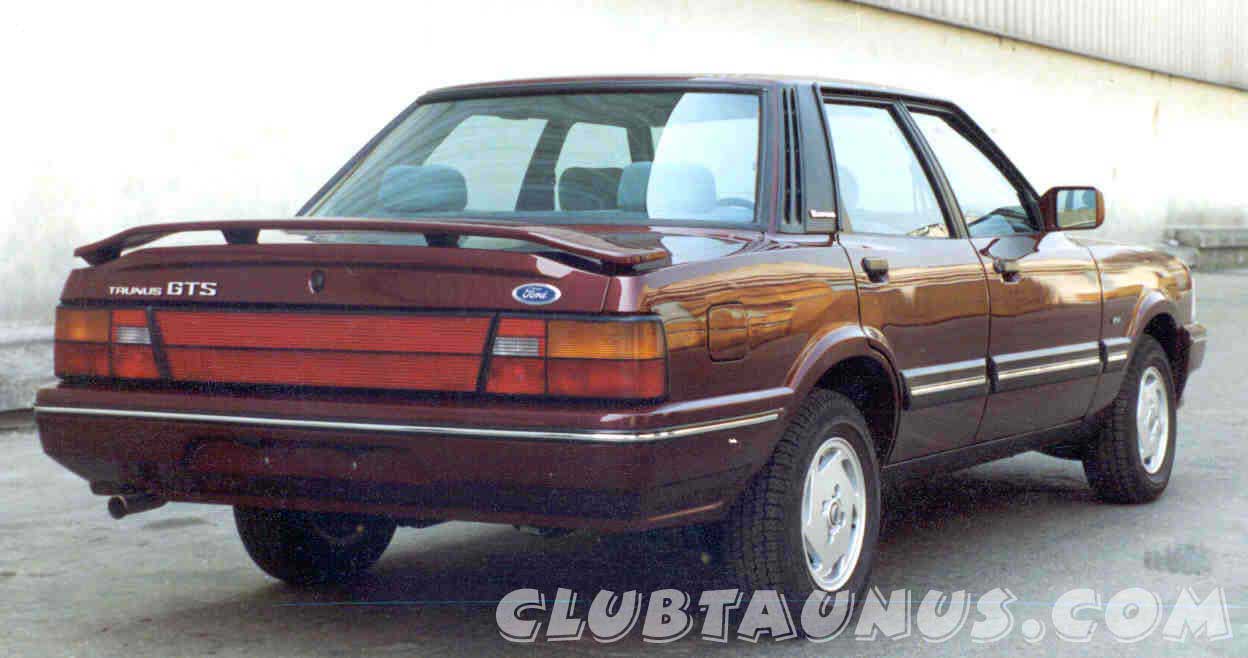
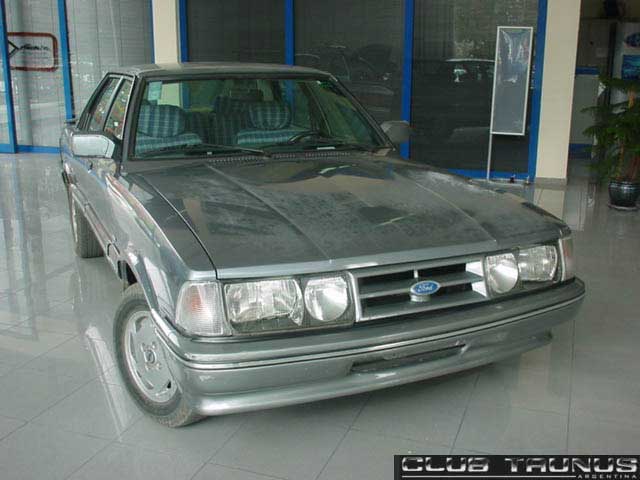
|
And
this is how a great story concludes its assembly lines, but while there is a
rolling Taunus the world, our metallic friend wont cease to accompany and
perhaps one day again be mass produced ... Thank you friend for giving us so
much satisfaction.
 |
FORD TAUNUS
1939 - 1994 |
 |
Research:
Alejandro (06) / Carlos (01)
Editor:
Alejandro (06) / Carlos (01) Editing:
Carlos (01)
Source:
Archive of Club Taunus Argentina / Germany and England web sites Collaboration:
Lucas (29)
Club
Taunus Argentina 2008
© Buenos Aires - Argentina

|






















































